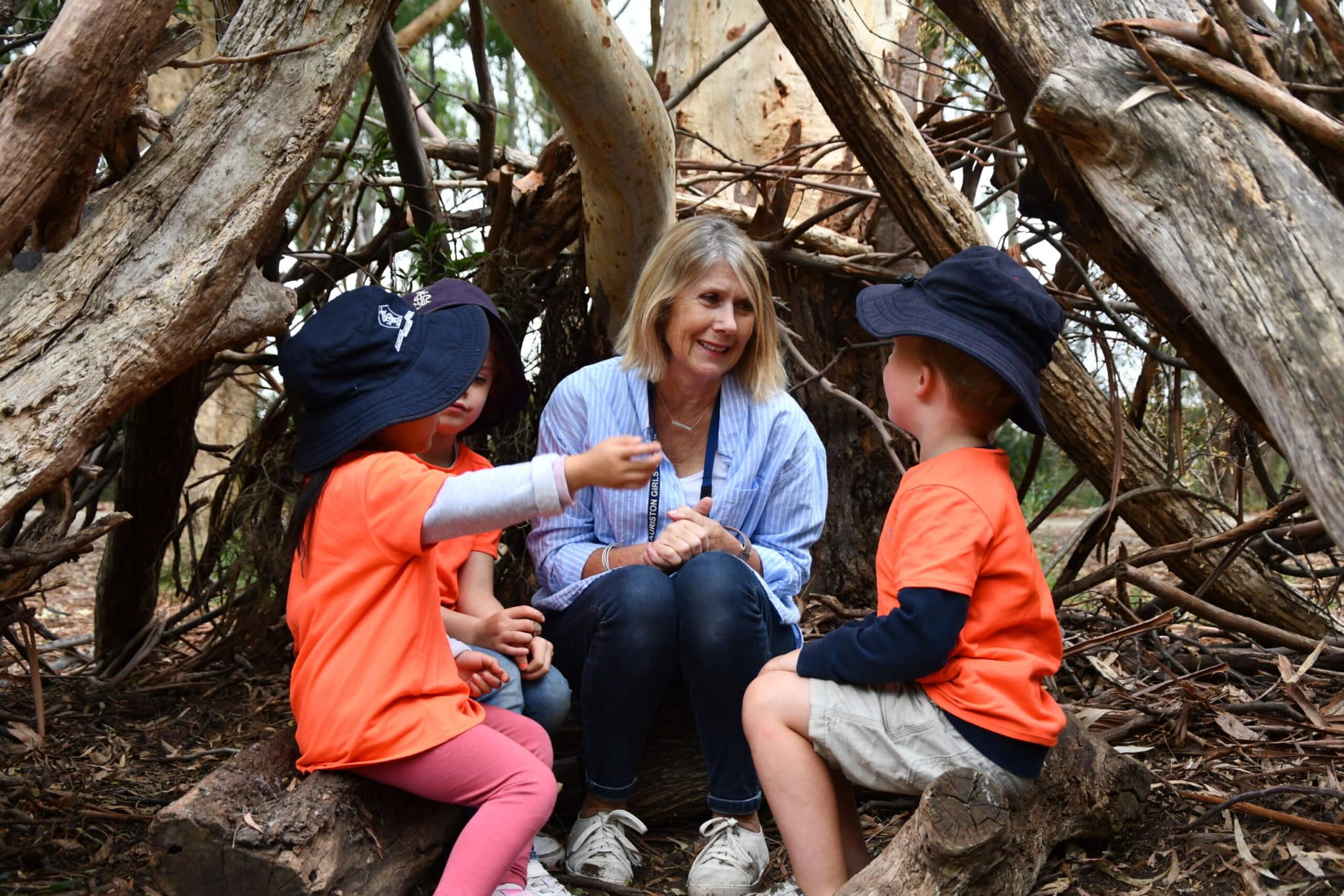Child-led experiential learning method
Featured in the Age’s Independent Schools Guide on Saturday 22 July 2023 – Fiona Ireland, Head of Kindergarten at Lauriston Girls’ School and Nicole Armatas, Head of Junior School at St Michaels Grammar School contribute to the conversation surrounding child-led experiential learning and the implementation of Reggio Emilia in the School’s Kindergarten programs.
Sparking and encouraging children’s curiosity is the centrepiece of Reggio Emilia, a unique approach for teaching young children that’s catching on in Australia.
A day after some of the kindergarten children said they were interested in dinosaurs, their teachers had turned part of their classroom into a prehistoric landscape. Maybe they’ll play with the toy dinosaurs, or pretend they actually are the dinosaurs.
Kindergarten at Lauriston Girls School in Armadale, south-east Melbourne, is inspired by the Reggio Emilia approach, a child-led learning philosophy from Italy. It focuses on the child’s environment and, embracing all the senses, uses ‘‘100 languages’’ – such as drama, singing, drawing, playing with clay or physical education – as different ways of learning.
“The child may want to add to the environment and create a volcano out of Play-Doh or they may want to look at picture books about dinosaurs to find out what they are or draw their own picture,” says Fiona Ireland, director of Lauriston’s kindergarten and long daycare centre. “We also have technology in all the classrooms so they can use that as a way to find answers.”
Rather than a formal education model, with defined methodology or teacher certifications – such as the Steiner or Montessori systems – the Reggio Emilia approach encourages interested teachers to go on study tours to see the program in action in Italy. In Australia, the Reggio Emilia network holds annual conferences, sponsors visiting speakers and runs continuing professional development (CPD) courses.
On another day, other children expressed an interest in “writing” books, so the teachers set up tables with coloured pens, coloured paper, staplers, scissors and old magazines so that the children could create their own storybooks to take home.
“It’s about moving away from rote learning to get children to find out things for themselves, to look at teachers as a resource, working alongside the children so they can grow and gain knowledge,” Ireland says.

Fiona Ireland, Head of Kindergarten interacting with students from our Bush Kinder program
What is Reggio Emilia?
The Reggio Emilia Approach is an educational philosophy that evolved in Reggio Emilia, a town in southwestern Italy after World War II. One of the primemovers of the movement was educator and psychologist Loris Malaguzzi. After the first preschool opened in the town in 1963, the Reggio Emilia philosophy spread internationally to wide acclaim.
Teachers are not certified as Reggio Emilia teachers but are encouraged to adapt the educational philosophy to their particular culture and region.
Some of the main tenets of the approach are:
• Student-guided, self-directed learning so that children are active protagonists in their own education.
•Dynamic learning environments, to ensure children learn through immersion in different indoor and outdoor environments.
• ‘‘100 languages’’, ametaphor for the extraordinary potential of children, their many ways of thinking, expressing, understanding and encountering others to build knowledge and creativity.
• Encouraging relationships with the other children and with material objects in their environment.
• Promoting learning through touching, hearing, seeing and moving.
Melinda Ham, The Age
SHARE THIS ON

